Carlos: The Settlement’s a 125-year-old organization that has historically served immigrant families that have come through Chicago. I started working with them back in 2013. We did a play then that was based on interviews with folks served by the settlement house and in the community of West Town, which is where the settlement is located. So when we set out to do the residency, we wanted to really formalize the commissioning process, where there would be a lot of community engagement at the front end, with students and with the various programs in the institution. Putting it all together, the philosophy behind it, and the methodology behind it, is probably the strongest and most visible achievement of what we did in the three years. And it resulted in three productions of new plays.
Kira: That’s great.
Carlos: We commissioned three writers. One writer ended up falling by the wayside during the process, so I ended up taking over the project, which was very challenging and led to some conflict between the organization and myself. After some difficult negotiation we mutually agreed to not renew for a second term.
I think both you and I were in interesting situations, not being in big, behemoth, Titanic-size theatres. As an artist-in-residence at a small theatre, you’re very present, and that had a lot of advantages for me but also it set some unrealistic expectations. That was a source of some conflict, trying to figure out time commitments and that sort of thing. I think future playwrights can certainly benefit from knowing that.
Kira: Right, how to go in and define what the expectation will be. There was a lot of discussion at one of the NPRP cohort convenings about what work looks like when it’s “playwright” work. In the bigger theatres there was often tension about this. For me, work was defined in a different way—connected to how much impact, how much writing, how much influence I could have on the organization.
Ten Thousand Things doesn’t have an office. You work on your own. So I worked a lot. I wrote a play a year. I started a teaching program in a women’s maximum-security prison. I participated in board and staff meetings, helped with education and marketing. I was really interested in learning how the organization worked, and I learned a ton. I just tried to make the most of it. I was raising a kid, my spouse was very busy, and it was hard for me to travel. So I made the decision to really dig in. I was able to create a body of work, for audiences, for actors, for a company.
It was a great learning experience to think about the conversation we’re putting on stage and the conversation we’re having with the community, and where those two things uniquely intersect.
Carlos: Do you feel like that body of work is exclusive to the world of Ten Thousand Things?
Kira: I hope it isn’t. I know one of the reasons I was selected is because of the sort of play I write, what I call a “blurred background” play. The company’s former artistic director, Michelle Hensley, would call it a kind of fairy tale, in the sense that it’s a world where no one can be an expert. I wrote a trilogy of plays that were set in a made up American landscape in the Midwest. One play was set in “Threadsville,” one in “Laddertown,” another one in “Farmingtown.”
As I think of where these plays might go, I recognize that they were written for this particular production style and for audiences who typically don’t attend the theatre. The concerns in most contemporary American plays are very much directed towards people who can pay for their ticket. And that creates a certain audience. Ten Thousand Things takes the plays out of the theatre, and there are no barriers—we’re right there with our audiences, in places where they might congregate. The work is very stripped down. There are no lights, no curtain, no way to cross fade or black out.
Carlos: Is there a fixed ensemble?
Kira: It’s not fixed, but there are regular performers the theatre likes to work with because of their spirit and talent and ability to roll with whatever comes their way.
Carlos: I bet. I went in to my residency wanting and thinking about how to create plays for this particular company. But I also wanted to have a kind of administrative role. It’s a very small staff.
Kira: How many?
Carlos: There are three full-time people and a handful of part-time folks. It’s hard to retain folks when they’re only part-time. Continuity was always a challenge.
The company’s record of developing new works before the residency was very scattershot and haphazard. One particular challenge was trying to figure out a system with the community engagement component, which is very heavy at the front end—throughout the whole process actually, but mostly through the front end. We were doing story circles with the community and going to Chicago public schools, that kind of thing.
Being able to systematize that and look at it from a producer perspective was really exciting, and I learned a lot through trial and error. What happens when it doesn’t work? How do you adapt to changing circumstances? We were also dealing with the limitation of resources. Given all that, we accomplished a huge amount, and it was a great learning experience to think about the conversation we’re putting on stage and the conversation we’re having with the community, and where those two things uniquely intersect.
One of the things that came out in the wash relates to expectations, given that it’s a small organization. We were really trying to come to an understanding around what function the resident playwright plays. On the one hand, I embraced an administrative role, because I was designing this program and this development process. When there were assumptions that my role on staff extended beyond that role was where things got complicated. But three strong plays came out of it, which we can call a success.
Kira: That’s cool. That’s a play a year, and it’s also spreading the wealth and creating opportunity for other playwrights, which is great.
When I think of this whole sea change of artistic director turnover that’s been happening, it’s kind of disappointing to me that there aren’t any playwrights.
Carlos: I would also say there are similarities between our experiences because the audiences are very particular. The audience at Adventure Stage is mostly Chicago public school students—middle schoolers.
Kira: The hardest audience on Earth! Kids can be such a tricky audience. Ten Thousand Things does perform for kids in detention centers, and as long as the attendance is voluntary it can be a really amazing experience. But it’s not generally an easy audience.
Carlos: It is tricky. To the credit of Tom Arvetis, Adventure Stage’s artistic director, he understands that audience very well. The work speaks to them in a really direct and impactful way.
Kira: It’s also an audience that can meet the story with the experiences they’ve had in their own lives, and if that can happen, it’s an extraordinary exchange.
Carlos: Sure, and I think the key with that audience—and this is something I definitely learned—is that middle schoolers are in such a precarious position, because they have one foot in their childhood world, where they don’t have much agency, but they’re starting to have a foot in the world where they do have agency, which is incredibly frustrating.
My son is just finishing middle school, so I’m seeing firsthand that frustration and the anxiety it causes—knowing you can affect the world around you, but you’re also powerless at the same time.
Kira: Right.
Carlos: Understanding that as the almost universal dilemma of that age range makes finding a hook easier in the story. Because the protagonists are always in that age range, they’re always testing the limits of where their independence might lead them. And where they find power in that and start to become the protagonists of their own stories. That clarity was very, very helpful.
I learned that somewhat when I first worked with Adventure Stage, back in 2013, but it really hit home much more viscerally, being around there, day-to-day, in a more integrated way. And having more direct interaction, when doing the initial community engagement with the playwrights and the middle schoolers, was definitely a huge learning experience for me.
Kira: It sounds like you were a producer also. It’s good to remember that playwrights can do more than write plays, that they can function in other roles.
Carlos: In some ways, yeah. That was definitely interesting to me too. When I think of this whole sea change of artistic director turnover that’s been happening, it’s kind of disappointing to me that there aren’t any playwrights.
Kira: I’m with you on that. I think playwrights have an enormous range and capacity.
Carlos: And a different kind of curatorial understanding. Maybe that’s the next wave.
Kira: I think sometimes we’ve been overlooked by the hierarchy of the theatre.
What I can do is make a room filled with joy, and play, and imagination, in which they can get at the emotionality of their experience, and transform it.
Carlos: What did you learn in the residency?
Kira: I learned a lot of technical stuff, like how you tell a really complicated story that can have different access points, so a man from Somalia can get it, and a woman in prison can get it, and a Fortune 500 CEO can get it. How you make a play “stretchy” so that it’s not just about one little tiny slice of life, but about a big question that lots of people in different life experiences can access.
I really learned humility. And I’ve become a really good collaborator—it’s not about if I’m right or if someone is right. I also developed an ability to work in a room and be fast, and smart, and quick, and adaptable. I’ve learned so much about how stories transport and transform. I guess that’s why we get into the theatre, back when we begin. And then we forget it. I learned it anew.
Carlos: Did you learn that from the audience, or did you learn that from the particular aesthetic of this theatre? Or was it a combination of those things?
Kira: Both. I was reminded of something I’ve always known, which is that I really like theatre that engages the imagination. And there’s nothing more transporting than being in a room where people are imagining something together, making up a new world together. I think my plays were a lot darker before I started writing for Ten Thousand Things.
And I’ve learned so much from the incarcerated women I teach. I don’t need to go in there and make them write about their experience. I’m not a therapist. What I can do is make a room filled with joy, and play, and imagination, in which they can get at the emotionality of their experience, and transform it. The writing assignments need to leave room for imaginative distance

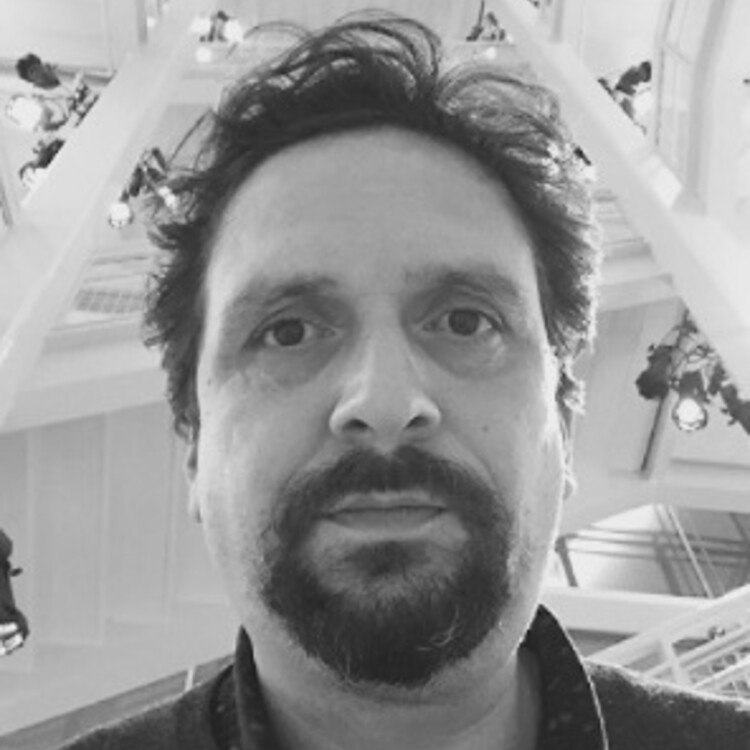
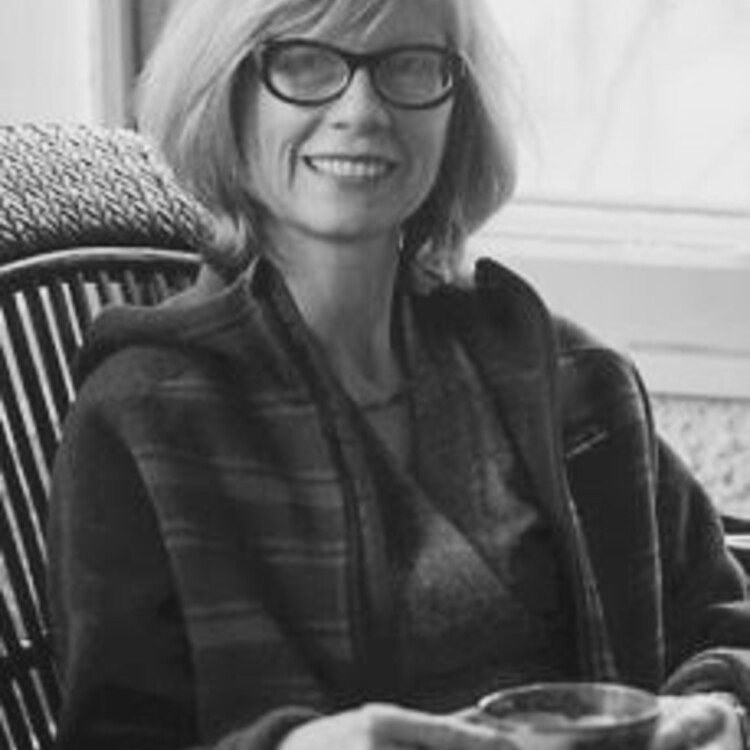
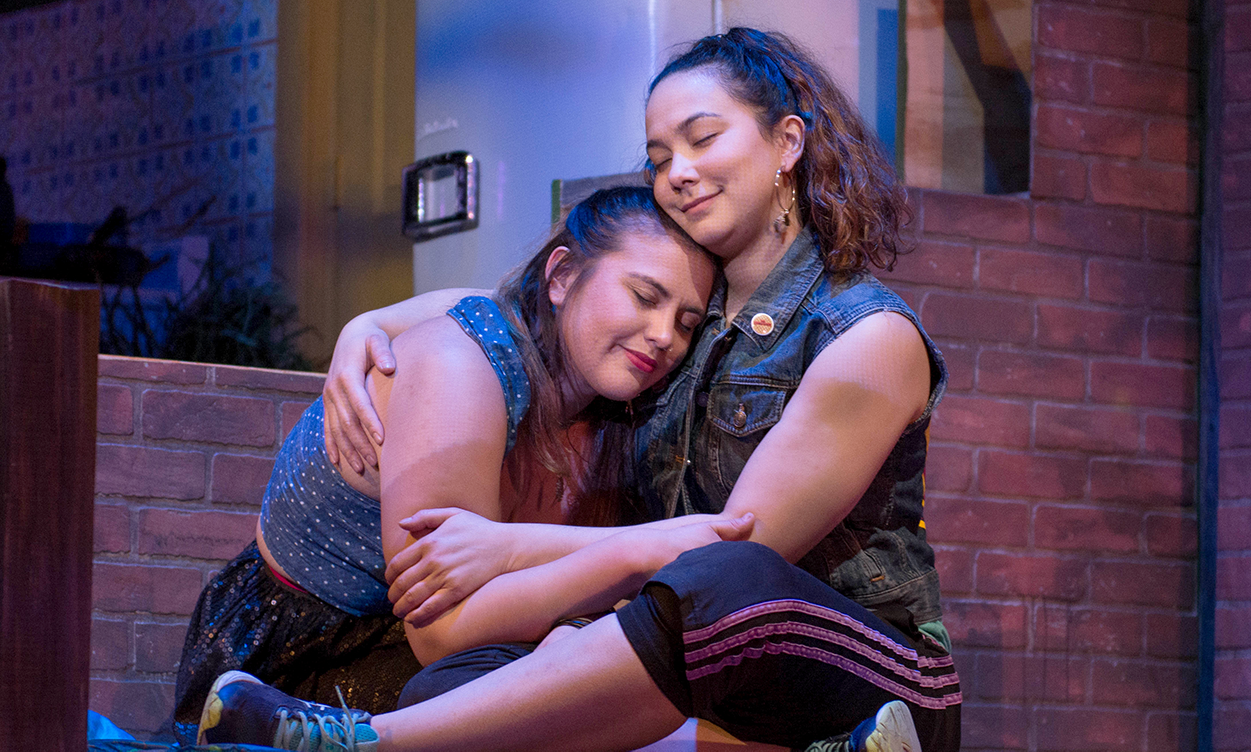
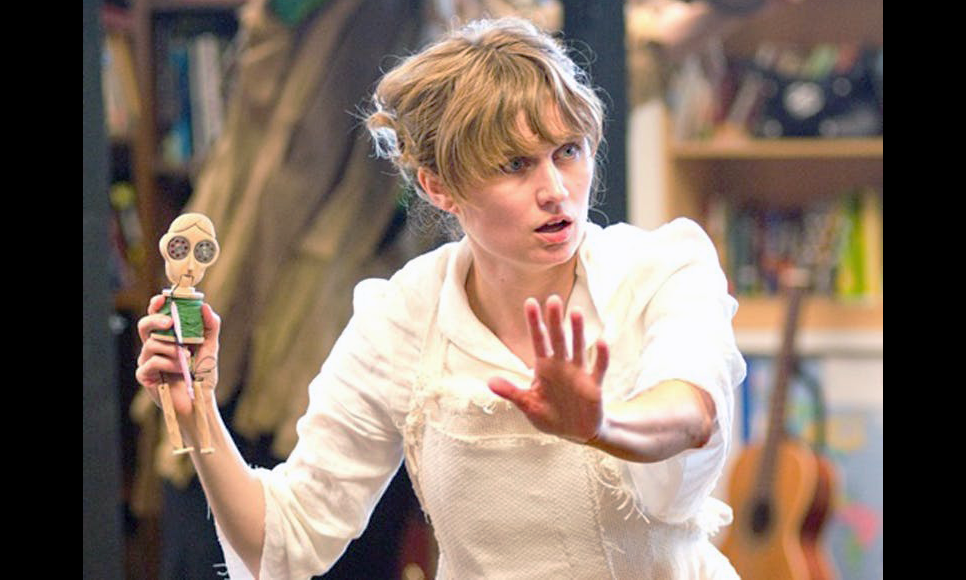

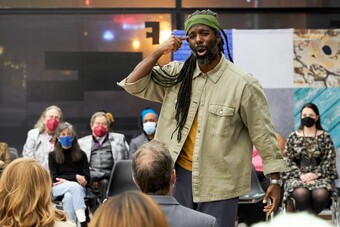




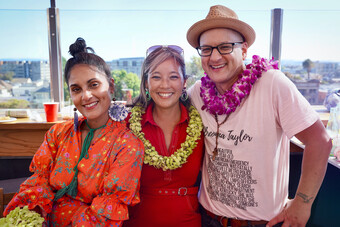



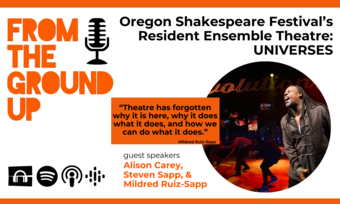




Comments
The article is just the start of the conversation—we want to know what you think about this subject, too! HowlRound is a space for knowledge-sharing, and we welcome spirited, thoughtful, and on-topic dialogue. Find our full comments policy here